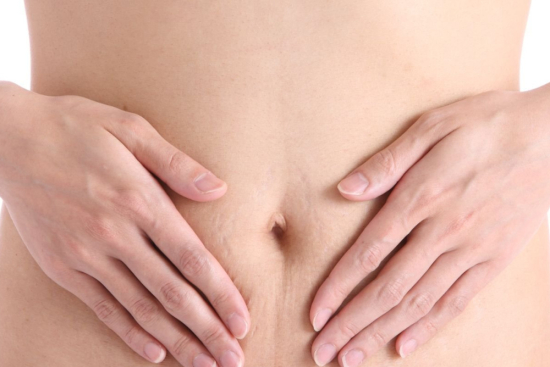Many people notice a persistent bulge or weakness in their abdomen after pregnancy or major weight changes, yet they often dismiss it as a cosmetic issue. In reality, this separation of the abdominal muscles, known as abdominal diastasis or diastasis recti, can affect posture, stability, and even organ function.
Modern treatments in Turkey now address both the aesthetic and functional aspects of this condition. Through specialized rehabilitation and advanced surgical repair, patients can restore their core strength safely and effectively.
Cost of diastasis recti treatment in Turkey
Diastasis recti treatment in Turkey typically starts at around $1,763 USD, though the final price depends on the specific approach, whether traditional surgery, laparoscopy, or a combined tummy tuck.
At Turquie Santé, our all-inclusive packages typically cover:
- Preoperative medical consultation and examinations.
- Complete surgical procedure.
- Hospital stay and hotel accommodation.
- Airport–clinic–hotel transfers.
- 24/7 English-speaking assistance.
Through Turquie Santé, you can receive a free personalized quote from top-rated hospitals and plastic surgeons in Istanbul and start your treatment journey with confidence and peace of mind.








